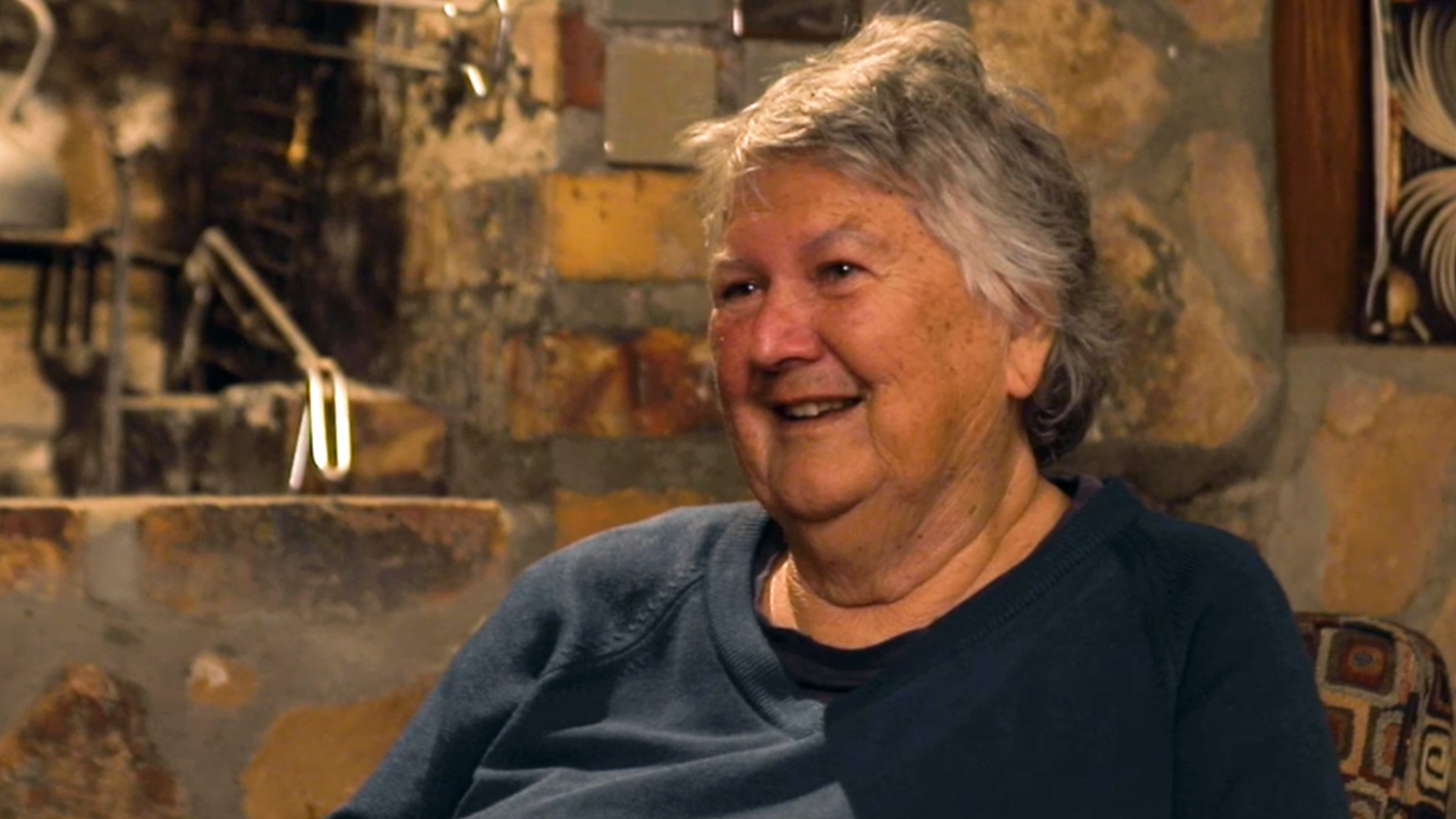On the family farm, in a rock-hard place, she carries on the legacy of generations
The rain came late to Clanwilliam this spring, like a bride keeping a groom waiting at the altar.
But when the heavens opened, they painted the thirsty veld in all the colours of the rainbow: red for the Red-Hot Poker; orange for the Terracotta Gazania; yellow for the Clanwilliam Daisy; green for the Lanternblom; blue for the Blue Bobbejaantjie; indigo for the Indigofera Jucunda; violet for the Cape Forget-Me-Not.
The floral kingdom of the wild West Coast, wearing its crowns anew, in the rugged sprawl of the Agter Pakhuis valley between the Cederberg and the Great Karoo.
Asking Haffie Strauss to pick a favourite flower from the bunch is like asking a musician to pick a favourite note, or a poet, a favourite letter of the alphabet. But after a moment’s thought, Haffie confesses that she is very fond of the Kalkoentjie.
The blazing blossoms of orange, yellow, and green, shaped like the wattle of a turkey, that in English we call the Gladioli.
Haffie is 78 now, and she has seen the seasons come and go in this hardscrabble land, where the spiny shrubs cling defiantly to the cracks in the rock.
“I often blame my people,” she says, “for landing us up here.” That means the farm of Traveller’s Rest, just over 30 km outside Clanwilliam, across the majestic Pakhuis Pass, and on the banks of the Brandewyn River.
The summers are harsh here, and the east wind on the tail of winter can be fierce. And yet she finds comfort in the stillness of the mountains, in the gift of the flowers that bloom in a lull in the drought.
Skoonheidstroos, as the poet Louis Leipoldt called it: the soothing balm of nature’s beauty. But a farmer cannot afford to get too sentimental about the land, and Haffie is a farmer, of sheep and cattle, and an aromatic, needle-leaved bush-plant that, when brewed over fire, tastes sweet and strong and reminiscent of the earth. Aspalathus linearis, better known as rooibos.
The Khoisan people, who lived in the Cederberg centuries ago, were the first to harvest the bush, chopping, fermenting, and drying its leaves for use as a herbal remedy.
But it was only in the 1930s that a medical doctor and amateur naturalist by the name of Pieter le Fras Nortier, who lived in Clanwilliam, and who was good friends with Louis Leipoldt, found a way to germinate the rooibos seed for agricultural and commercial use.
Today, he is known as ‘the father of rooibos tea’, but to Haffie, he will always simply be: ‘oupa’.
“I was very little and don’t have much recollection about my oupa,” says Haffie. “But I know that he was the only doctor in the area, and that he believed in hard work and sacrifice, not just working for money. All those old-fashioned things.”
She has carried on her oupa’s legacy as a rooibos farmer, although she doesn’t have much taste for the brew itself — “I’m not a tea-drinker,” she says.
She remembers, as a child, the simple joys of running in the veld, and sitting by the water with only the ancient, brooding rocks for company.
The travellers would come to outspan on the riverbank, and water their horses and oxen before venturing across the steep mountain pass or trekking deep into the thirst land of the Karoo.
A lot has changed since then — the roads have been tarred, the pylons have brought power across the valley, and today, the visitors come from all around the country and the world, some to rest, some to see the flowers, some to rub powder on their hands and clamber up the rocks in a sport known as bouldering.
And, still, Haffie walks the land, because that is what farmers are destined to do, to test the land as the land tests them. And when she stops now and then to rub the leaf of a shrub between her fingers, it is as if she is acknowledging that she too clings to the soil that she has roots in. But she is not the first to call it home.
On the walls of rocks, there are the ghosts of those who lived here before, their memories and rituals daubed in ochre, the colour of the red bush that still grows amidst the mountains.
There are eland and springbok on the farm, just as there were, running wild, in the days when the bowmen of the Khoisan would set off on their sacred hunt.
Once, Haffie fancied that she could see an old sailing ship, with masts and rigging, painted on the rock.
“But the people who know these paintings told me that I was completely wrong,” she laughs. “So, I haven’t given any more opinions about the other pieces of art.”
She sees her role now as a custodian, dedicated to preserving the area for future generations, so that others can come here and find comfort in the beauty, and solace in knowing that the hard, dry summer will one day give way to the bounty of rain from the heavens.
For more fascinating stories about the remarkable people and places of the West Coast, watch Weskubewoners, brought to you by BrightRock, on KykNET every Thursday at 21:00.

Leave a Reply